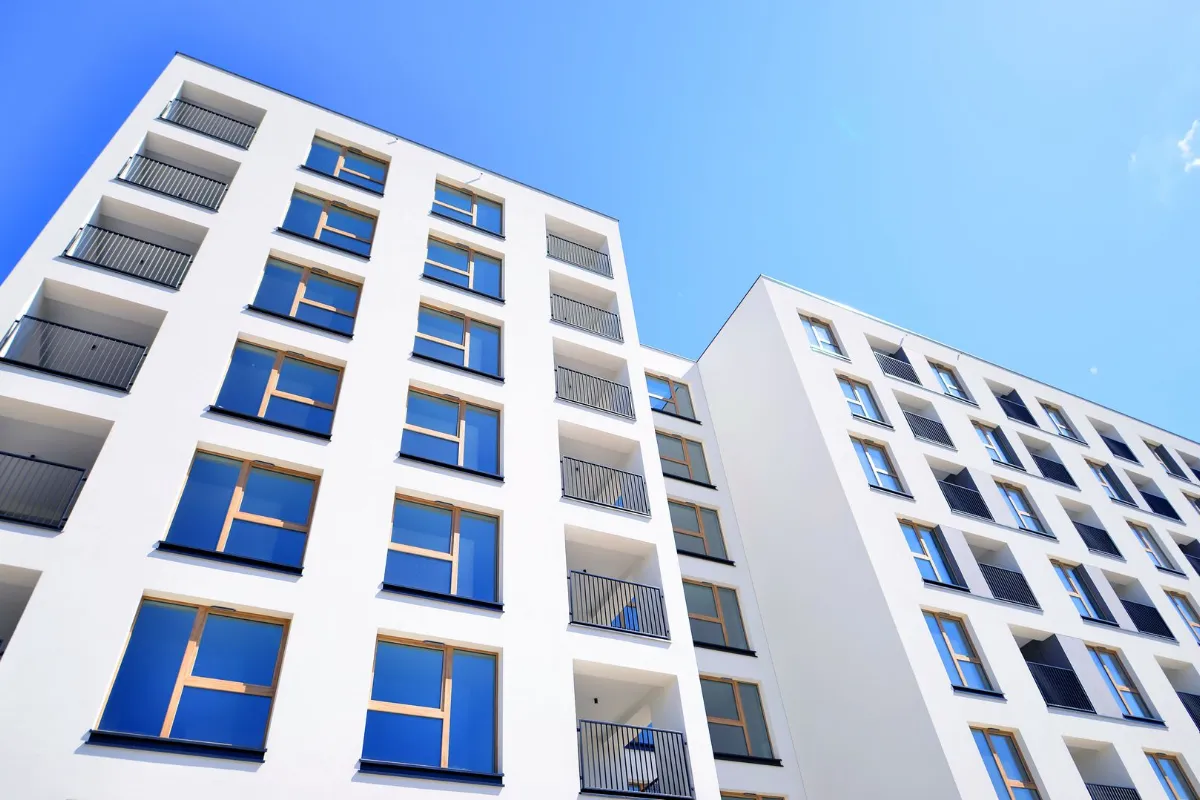How strata presentation reflects the quality of management

Concrete and glass might house a community, but people decide how it feels to live there. A well-presented strata scheme isn’t just about appearance. It’s a sign that, overall, a building has quality management, a responsive committee and residents who take pride in it. Together, those things create a place where standards are upheld and problems are dealt with before they grow.
At All Suburbs Strata Management, we have over 40 years of experience in residential strata management in Greater Sydney, Nepean and the Central Coast. We’ve seen how the standard of presentation can influence the way a building is perceived and maintained. Understanding what contributes to that standard helps committees run their buildings more effectively and protect long-term value.
Visual cues and first impressions
Common areas such as entries, lobbies, corridors, stairwells and bin rooms are the most frequently used parts of a strata building, and they leave a lasting impression. Their condition strongly influences how residents and visitors view the overall upkeep of the property.
Clean floors, working lights and well-kept waste rooms, along with timely minor repairs, show that the owners corporation is meeting its obligation under the Strata Schemes Management Act 2015 to maintain common property in good repair. Poor presentation can suggest neglected maintenance and may lead to compliance action under NSW Fair Trading’s enforcement policy.
Beyond cleanliness, features like adequate lighting improve visibility and safety in shared spaces and show attention to detail. Clear, up-to-date signage in lobbies and bin rooms also supports safety, while local council guidance for apartment waste areas highlights the importance of washable surfaces, proper ventilation and layouts that minimise odour and contamination. Regular inspection and maintenance of these spaces is proof of a committee that manages risks and maintains consistent presentation standards.
Legal obligations and by-laws
As mentioned, the Strata Schemes Management Act 2015 is the legal framework that places ultimate responsibility for presentation with the owners corporation. The way in which they meet that obligation may vary from scheme to scheme. Committees are required to maintain a ten-year capital works plan and use it alongside routine inspections and service agreements to keep the building properly maintained.
By-laws work alongside these obligations by setting clear expectations for how residents use and maintain their own spaces. They help maintain a consistent and safe appearance across the building, particularly in visible areas such as balconies and windows. Effective by-laws allow committees to step in early, resolve issues efficiently and uphold the property’s condition and visual appeal.

Maintenance, budgeting and infrastructure
Regular inspections and accurate record-keeping show a genuine commitment to the condition of a strata building. Maintenance logs, contractor reports and service schedules help track even small repairs and prevent them from turning into larger issues. Reviewing this information regularly also supports precise budgeting and helps prioritise work that protects both the building’s appearance and function.
The thing is, the consequences of delayed maintenance are rarely just cosmetic. Issues like peeling paint, leaks or uneven paving, if left unresolved, can develop into structural problems that cost much more to repair. Those expenses eventually fall back on owners through higher levies and, in some cases, insurance complications.
Resident culture and market impact
The way residents treat shared spaces usually reflects general building management. When communication is clear and the reasons behind by-laws are explained, people are more likely to cooperate and maintain common areas responsibly. Regular updates through emails, noticeboards or portals help everyone stay informed and demonstrate that the committee is attentive and organised.
Well-presented schemes attract residents who similarly appreciate order and consistency, which helps reduce turnover and tension within the community. This collective effort supports property values and reinforces buyer and tenant confidence in the property.
The importance of preventative planning
Foresight saves a lot of problems. Preventive planning means identifying issues before they affect residents or the building structure. Regular reports and planned maintenance schedules help committees anticipate what needs attention rather than having to react when something goes terribly wrong.
A meticulous maintenance plan also gives the committee a clearer view of costs over time. Forecasting expenses through capital works plans enables funds to be allocated accurately, rather than relying on sudden special levies. This approach not only keeps the building operating seamlessly but also helps maintain financial stability and owner confidence.

Why Choose All Suburbs Strata Management?
It’s not about looks. For owners, tenants and buyers alike, presentation reflects how well the scheme is run and what the future looks like.
At All Suburbs Strata Management, we’ve seen how consistent care and attention can lift the standard of an entire building. When everyone plays their part, the result is a place that feels maintained and respected.
Need a strata manager you can rely on? ASSM brings over 40 years of expertise across residential, community, commercial and industrial properties. If your current manager is falling short, contact our experienced team today. We’ll ensure the handover is smooth and hassle-free.











